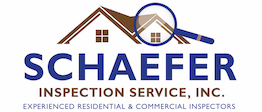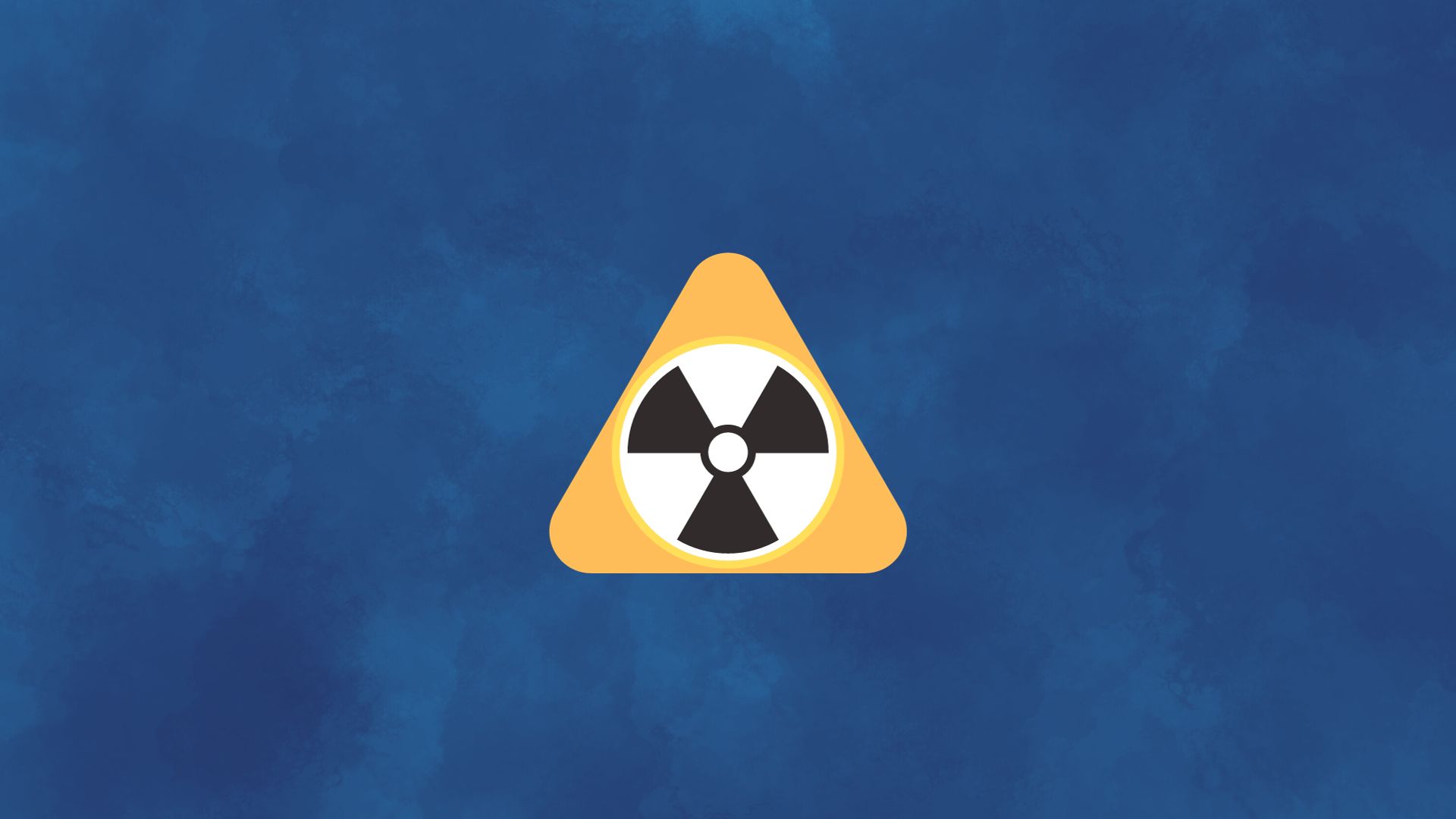Radon in Air Testing
Radon is an odorless, colorless, and tasteless radioactive gas. It is a naturally occurring byproduct of decaying uranium in soil and rock. Radon is a natural element found throughout all of nature and becomes a health risk when concentrated in a home. Radon rises into the home and breathing air through the porous concrete foundation. A mitigation system for elevated levels will vent the radon out the roof so that it does not enter the home.
What is Radon?
- Radon is a colorless, odorless, and tasteless radioactive gas. It is a known carcinogen, causing lung cancer.
- Testing takes place in the lowest livable area closest to the ground source.
- When radon in air is elevated a mitigation system can successfully treat the issue.
- Schaefer uses continuous electronic monitors to test in a closed environment over a minimum 48 hour period.
- Our staff will consult with you in the event of elevated test results.
- January is National Radon Awareness Month! Winter is a good time to test your current home for safer breathing air.
Why Test for Radon?
The Environmental Protection Agency (EPA) and the Surgeon General represent that radon is the leading cause of lung cancer for non-smokers. Over time, lung tissues become damaged and this increases the carcinogenic effects associated with elevated levels of radon gas and progeny.
Schaefer’s Approach
Schaefer uses continuous electronic monitors with CO detectors for added safety information. Certification credentials are from National Radon Proficiency Program and National Radon Safety Board. The test requires 48 hours in a closed (windows and doors) environment. Pricing is $165 with inspection and $200 without.
How Do You Fix it?
The EPA recommends the installation of a radon mitigation system by a certified (NRPP or NRSB) professional for levels that fall at or above 4.0 pCi/L (action level). Through effective remediation techniques, even homes greatly exceeding the “recommended action level” of 4.0 pCi/L can successfully be reduced to below 4.0 pCi/L


